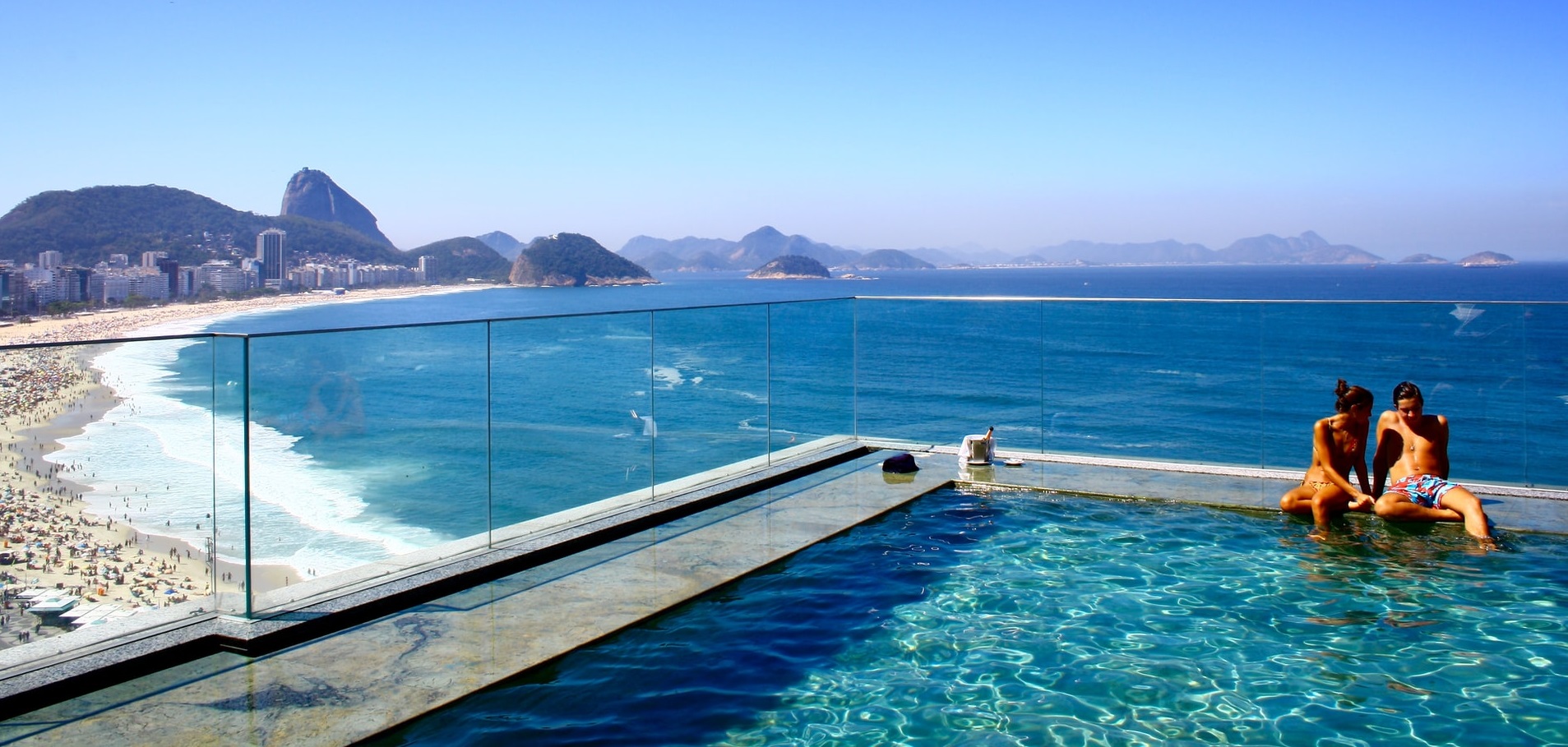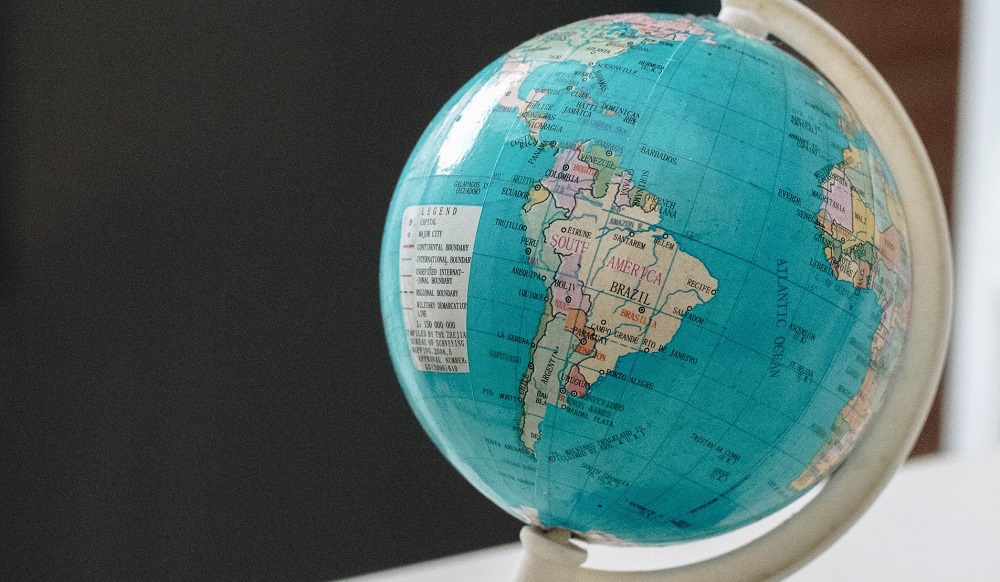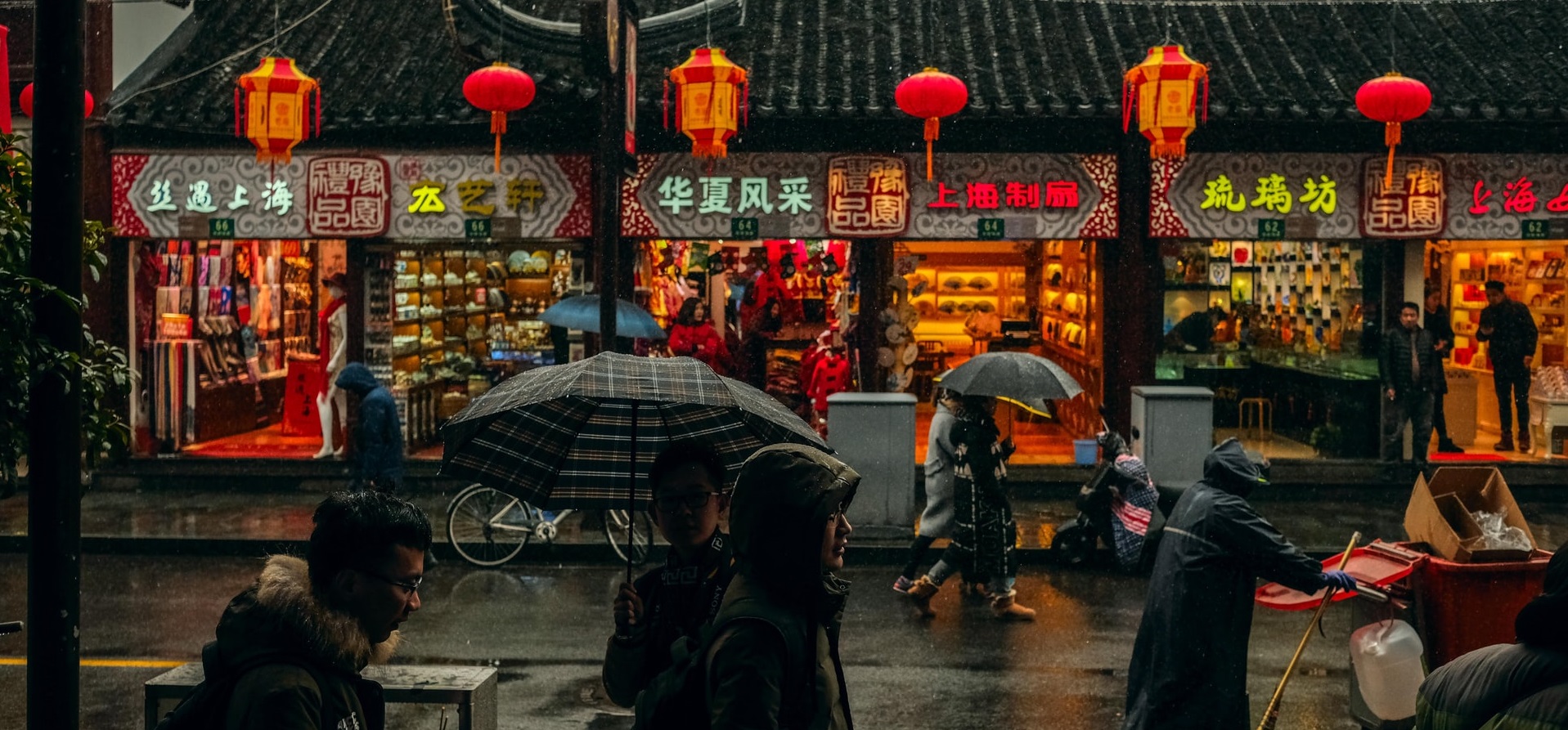Like many markets worldwide, Mainland China has worked diligently to establish a new, albeit temporary, normal. That has included tight border controls, enhanced testing measures and small but strict lockdowns to prevent new surges in COVID caseloads. As a result, travel in China has quickly rebounded in both the leisure and business travel segments. Sure, performance declines have occurred during lockdowns, but rebounds have quickly followed, and through the first half of 2021, hotel performance has remained pretty much near normal based on the market’s historical trends.
Prior to the pandemic, holiday weeks tended to be lackluster due to the lack of business and group travel. During the pandemic era, that trend seems to be returning. Week over week, demand fell 1.7 million room nights, but the decline was less than what was seen in the comparable week of 2019 when demand fell 3.7 million room nights. There is limited business and group demand now, so the leisure surge mitigated the loss as more rooms were sold this week (25.1 million) than in the comparable 2019 week (24.8 million).
Australia has been one of the highest performing hotel occupancy markets with improving midweek demand alongside continued strength across weekends. Amid recent COVID-19 outbreaks and lockdowns, however, key markets in the country are showing noticeably lower levels of occupancy on the books for the coming weeks. When comparing the Forward STAR data updates of 28 June 2021 vs. 21 June 2021, Sydney’s average decline in occupancy on the books for the coming weeks and months was 13.8%.
While summer travel has not yet been “record-breaking” as some predicted, growth for the U.S. hotel industry has simply been spectacular over the past month. We expect that June will produce more than 110 million room nights sold, the most since October 2019. Room revenues have also been a pleasant surprise and are predicted to be down just 10% from what they were in June 2019. Last week’s results added to the good news with most metrics reaching pandemic-era highs. Occupancy for the week ending 26 June 2021 hit 69.9%, which was the industry’s highest level in 88 weeks.
The last four weeks (ending Saturday, 12 June) continued to show a solid return to normalcy as we compare 2021 state-level weekly room demand against the comparable levels from 2019. As a reminder, STR currently benchmarks recent performance against 2019 performance levels rather than a pandemic impacted 2020. Twenty-six (26) states showed demand totals within a 10% margin of the corresponding period of 2019. Collectively, eight of those states actually sold more rooms for the 4-week period than they did 2019.
U.S. hotel industry occupancy soared to its highest level since November 2019, reaching 66.0% for the week ending 12 June 2021. Room demand surpassed 25 million in the week, up 1.6 million week on week, and was 91% of the level recorded in the comparable week from 2019. This is significant given the fact that business travel and group demand remain curtailed. Occupancy on Saturday reached 81%, a level like the Saturday of this year’s Memorial Day weekend, while the full weekend came in at 78.8%, the highest since fall 2019 and higher than the comparable weekend of 2019.
Knowing you might not have time to watch our full webinars, we are pleased to continue our series of COVID-19 webinar summaries. In this latest edition, we talk performance and signs of in Europe. While Europe prepares for the summer months, hotel performance levels remain low. The U.K. is the outlier most recently, however, with a 59.5% occupancy level on a rolling 7-day average ending with 6 June. That performance came as pent-up demand during reopening met additional demand for the half-term school holiday.
While occupancy across Brazil is taking time to recover, resorts have seen considerable upward movement with leisure demand growing robustly in the country and travelers seeking not just a getaway, but a full-blown experience. Before jumping into the metrics for resorts, let’s note a few occupancy milestones for context. Brazil reported its lowest pandemic occupancy level in April 2020 at 10.7% . Ten months later during January 2021, Brazil saw its highest pandemic occupancy level at 36.0%, driven by domestic demand at beach destinations around the New Year’s holiday.
During the earliest days of COVID-19, hotel average daily rate (ADR) in South America was as low as 47.8% below pre-pandemic levels. One year later, rates in the region have improved slightly—April’s 15.7% increase was the first year-over-year positive in the metric since the middle of 2019—but still remain far from recovery. More specifically, South America’s April 2021 ADR level of US$56.99 was more than US$30 less than the pre-pandemic benchmark from April 2019 (US$89.55).
As anticipated, the Memorial Day weekend ushered in the highest occupancy the U.S. industry has seen since the start of the pandemic. For the week ending 29 May 2021, weekly occupancy reached 61.8%, the highest level since the final week of February 2020. On a total-room-inventory basis (TRI), which accounts for temporarily closed hotels, occupancy was 59.2%, which was also the highest since the pandemic’s start.
China’s Labor Day holiday (1-5 May) stimulated travel demand and provided a noticeable boost to hotel performance. Thanks to an additional day during the holiday period, the rise in performance pushed levels beyond another recent holiday and even some 2019 comparables. The impact, however, was not even across all markets and hotel classes. The highest hotel occupancy point during the Labor Day period was day two, which reached 91.3%.
U.S. room demand continues to push toward the comparable levels of 2019. As a reminder, 2019 is being used as the recovery benchmark due to the heavy pandemic impact in 2020. For the 4-week period ending 15 May, 29 states experienced room demand totals within a 15% margin of the comparable period in 2019. Recalling that overall U.S. room demand dropped by greater than 80% during the worst weeks of this recession.
The occupancy doldrums remained in place with U.S. occupancy falling to an eight-week low (56.7%) during 2-8 May 2021. Using STR’s total-room-inventory (TRI) methodology, which considers hotels that are temporarily closed, occupancy dropped to 54.2%. Demand, however, increased slightly and remained above 21 million as it has since mid-March. The decrease in occupancy was a result of increased hotel openings.
As vaccine programs continue across the world and we see warming attitudes toward travel alongside increased accommodation bookings, it is important to take stock and assess how the pandemic, and it’s resultant impact on consumer behavior, may leave an indelible mark on hospitality.
How have booking windows shifted during the pandemic? Are the shifts momentary blips or the new norm? In this article, we use case studies and market-specific snapshots to answer those questions and discuss considerations for hotels competing for short-lead business.
Research late last year indicated that travelers’ accommodation preferences had been drastically impacted by the pandemic. However, there is now greater optimism for the eagerly awaited exit from the pandemic as vaccinations continue to expand and more parts of the world “reopen.” With more reason for optimism in the travel and tourism industry, we set out to examine if sentiment toward accommodation type had once again shifted.
Occupancy has long been one of the key hotel performance metrics measured by STR. Reported on both a monthly and weekly basis, occupancy is easily calculated by dividing rooms sold (demand) by rooms available (supply), providing a straightforward representation of the percentage of rooms occupied during a given time period.
As we move further into the spring, much of the U.S. continues to make solid progress toward reaching comparable demand levels from 2019. As a reminder, 2019 is being used as the recovery benchmark due to the heavy pandemic impact in 2020.
Hotel performance growth appears to be on hold when compared with the solid gains seen during the spring break period. In a week-over-week comparison, U.S. hotel occupancy was flat during 18-24 April at 57.3%. On a total-room-inventory (TRI) basis, which includes temporarily closed hotels, occupancy was 54.4%. Weekly room demand increased slightly and remained above 21 million for a sixth consecutive week.
Spring Break 2021 didn’t just dive in, it made a cannonball-sized splash for Florida hotels and other U.S. destinations. When looking at STR’s School Break Report, 39% of college students and just 7% of K-12 students were on break beginning 6 March. Despite this slightly low percentage, all signs pointed to a strong spring break period right out of the gate. The STR-defined Florida Keys market, at that point, was the only U.S. market to reach an 80% occupancy level—at 85.9% for the opening week of March. Other markets, such as Sarasota (75.4%), Fort Lauderdale (72.5%) and McAllen/Brownsville, TX (70.5%), were lower but all above the 70% mark.


























